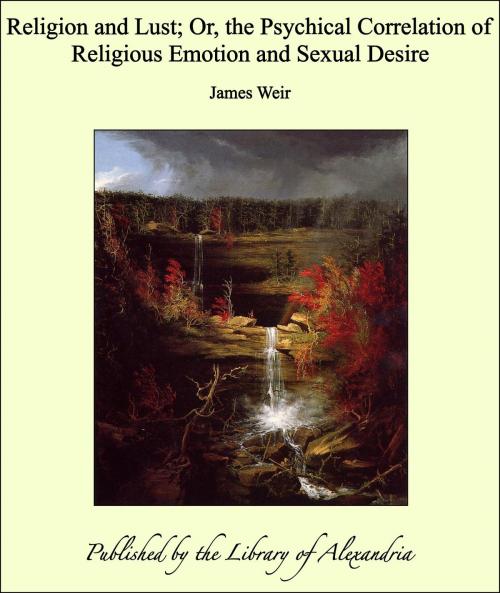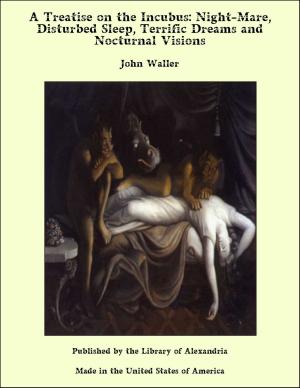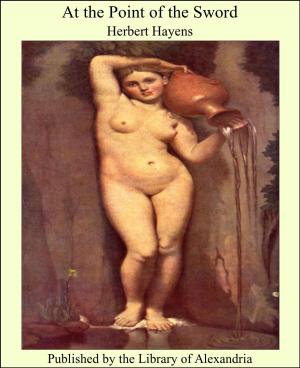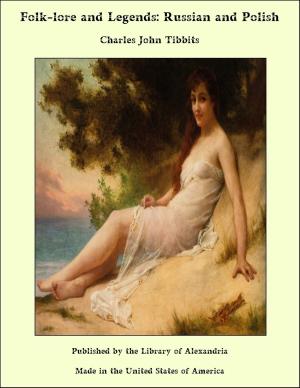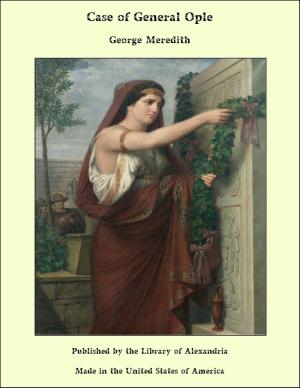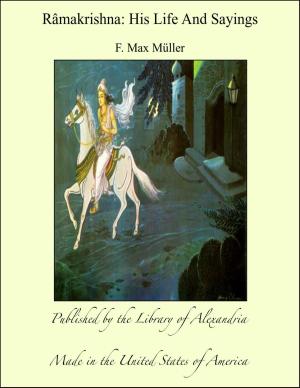Religion and Lust; Or, the Psychical Correlation of Religious Emotion and Sexual Desire
Nonfiction, Religion & Spirituality, New Age, History, Fiction & Literature| Author: | James Weir | ISBN: | 9781465554185 |
| Publisher: | Library of Alexandria | Publication: | March 8, 2015 |
| Imprint: | Language: | English |
| Author: | James Weir |
| ISBN: | 9781465554185 |
| Publisher: | Library of Alexandria |
| Publication: | March 8, 2015 |
| Imprint: | |
| Language: | English |
In preparing The Psychical Correlation of Religious Emotion and Sexual Desire for its second edition, the author has incorporated in it a considerable amount of additional evidence in support of his theory. He has carefully verified all references; he has endeavored to eliminate all unnecessary material; and, finally, he has changed the style of the work by dividing it into three parts, thus greatly simplifying the text. He feels under many obligations to his critics, both to those who thought his little book worthy of commendation, and to those who deemed his premises and conclusions erroneous. He feels grateful to the former, because they have caused him to believe that he has added somewhat to the literature of science; he thanks the latter, because in pointing out that which they considered untrue, they have forced him to a new and more searching study of the questions involved, thereby strengthening his belief in the truthfulness of his conclusions. To the second edition of The Psychical Correlation of Religious Emotion and Sexual Desire, the author has seen fit to add certain other essays. In preparing these essays for publication, he has borrowed freely from his published papers, therefore, he desires to thank the publishers of the New York Medical Record, Century Magazine, Denver Medical Times, Charlotte Monthly and American Naturalist for granting him permission to use such of his published material (belonging to them) as he saw fit. The author asks the indulgence of the reader for certain repetitions in the text. These have not been occasioned by any lack of data, but occur simply because he believes that an argument is rendered stronger and more convincing by the frequent use of the same data whenever and wherever it is possible to use them. When this plan is followed, the reader, so the author believes, becomes familiar with the author‘s line of thought, and is, consequently, better able to comprehend and appreciate his meaning. Finally, the author has been led to the publication of these essays by a firm belief in the truthfulness of the propositions advanced therein. He may not live to see these propositions accepted, yet he believes that, in the future, perhaps, in worthier and more able hands, they will be so weightily and forcibly elaborated and advanced that their verity will be universally acknowledged
In preparing The Psychical Correlation of Religious Emotion and Sexual Desire for its second edition, the author has incorporated in it a considerable amount of additional evidence in support of his theory. He has carefully verified all references; he has endeavored to eliminate all unnecessary material; and, finally, he has changed the style of the work by dividing it into three parts, thus greatly simplifying the text. He feels under many obligations to his critics, both to those who thought his little book worthy of commendation, and to those who deemed his premises and conclusions erroneous. He feels grateful to the former, because they have caused him to believe that he has added somewhat to the literature of science; he thanks the latter, because in pointing out that which they considered untrue, they have forced him to a new and more searching study of the questions involved, thereby strengthening his belief in the truthfulness of his conclusions. To the second edition of The Psychical Correlation of Religious Emotion and Sexual Desire, the author has seen fit to add certain other essays. In preparing these essays for publication, he has borrowed freely from his published papers, therefore, he desires to thank the publishers of the New York Medical Record, Century Magazine, Denver Medical Times, Charlotte Monthly and American Naturalist for granting him permission to use such of his published material (belonging to them) as he saw fit. The author asks the indulgence of the reader for certain repetitions in the text. These have not been occasioned by any lack of data, but occur simply because he believes that an argument is rendered stronger and more convincing by the frequent use of the same data whenever and wherever it is possible to use them. When this plan is followed, the reader, so the author believes, becomes familiar with the author‘s line of thought, and is, consequently, better able to comprehend and appreciate his meaning. Finally, the author has been led to the publication of these essays by a firm belief in the truthfulness of the propositions advanced therein. He may not live to see these propositions accepted, yet he believes that, in the future, perhaps, in worthier and more able hands, they will be so weightily and forcibly elaborated and advanced that their verity will be universally acknowledged
